(This site is reader-supported. When you buy something using retail links on our articles, we may earn a small commission. As an Amazon Associate I earn from qualifying purchases.)
Whether you have a nice set of knives or you only rely on one, having a sharpener can seriously prevent lots of frustration in the long run. Knives tend to get dull over time. They might be razor-sharp when you get them, but with time, their sharpness fades. While a sharpener is by far the best way to keep your knives fully functional, not everyone has one. What do you do when an unexpected situation arises then?
Fortunately, there are a few ways to sharpen a knife without a sharpener.
Coffee mug

First, find an old mug with a rough surface on the bottom. If it is polished, this trick will not work. Place it upside down on the table and make sure you hold it tightly – ideally, the surface should not be too slippery. If it is, just throw a cutting board under it. Grab the knife that needs sharpening and stroke the full length of each side. You should maintain the same angle throughout this movement – usually about 10 degrees.
Keep alternating between one side the other. Do it for a few minutes, then give the knife a try. If it is not sharp enough, you can keep doing it for another few minutes. Try the knife again. Make sure you do both sides at the right angle. It is worth noting that you can also use ceramic bowls or plates, as some of them are built in the same manner – polished, but with a rough surface at the bottom.
Here is a video tutorial on how to sharpen a knife on a coffee mug
Another knife

Hold the dull knife, then place the back edge of the other knife on its sharp edge. It should be at a 10-degree angle. Start stroking the dull knife in a direction away from you. Make sure you keep the right angle throughout the entire movement. Flip it around and perform the same movement for the other side of the edge. You can alternate and repeat – the same amount of strokes for each side.
There are more ways to sharpen a knife this way. The movement is irrelevant. Just make sure the angle is right, and you use one sharp edge (the dull knife) and the back of the edge (the sharpening knife). Once you got these covered, you can then choose any position for the knives – whatever feels comfortable for you.
Here is a video on how to sharpen a knife on another knife
Car window
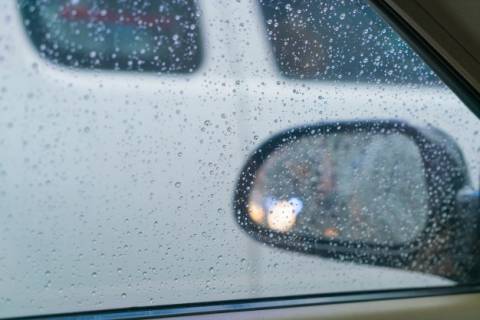
So, what do you need to do? Open the window halfway. The blade should face away from you. Place it on the edge of the window at a 10-degree angle. The movement is simple – move towards the inside of the car if you are outside. Just do it away from you.
Cover the whole side of the blade with one movement, then flip the knife and do the same for the other side. You can drag towards you for the second movement, so rotate after the first movement and before the second one. Repeat the process until the edge is sharp enough.
Here is a video on how to sharpen a knife on a car window
Broken glass bottle

An empty jar – usually a jam one – may also have a rough edge, so it makes a good alternative. What matters is keeping the knife at the right angle and performing the same number of strokes on each side.
Nail file

Place the nail file on a solid surface. It could be your table or perhaps a rock. Never do it while holding it in the air. More importantly, avoid doing it on your knees. Not only do you risk cutting yourself, but there are some essential arteries in the thighs.
Grab the knife, throw it at a 10-degree angle on the rough surface of the file, and get to work. The blade should be directed away. Stroke away and cover the full surface at the same angle. Flip at the end, then bring the knife towards you. Keep doing it until your knife is sharp enough.
Flat rock
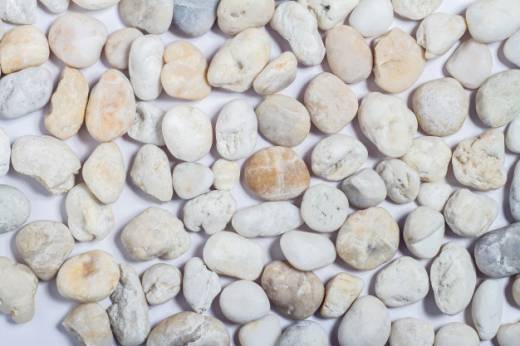
Grab the dull knife, put the edge on it at a 10-degree angle, and stroke away from you. Cover the whole surface of the blade. When done, flip it over and stroke towards you. Repeat until the knife is sharp enough for you to use.
Slate
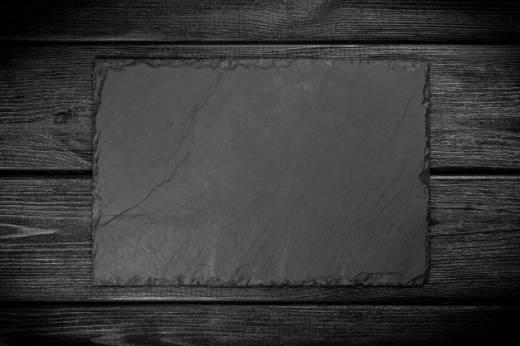
Place the knife on the rough surface at a 10% angle and stroke away from you, flip it over, and do the same towards you. You need to cover both sides. Make sure you keep the angle.
Sandpaper
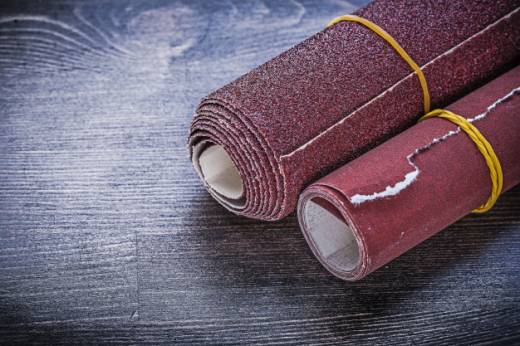
The movement is a 10-degree angle, one stroke out, and another one in. Keep the angle and make sure you cover the whole edge. If you do not have a solid piece to put the sandpaper on, you can just fold the sandpaper until you get a decently sized rectangular piece. This option is a bit risky, though, as the knife could slip out and injure the hand holding the sandpaper.
Brick
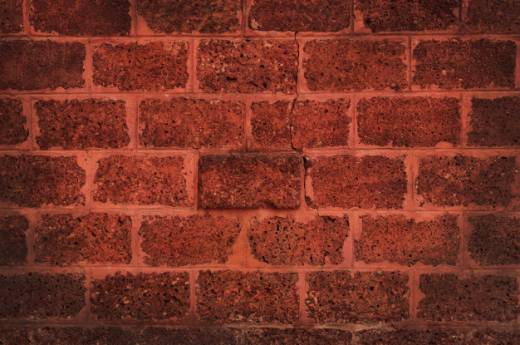
Just like a sharpening stone, the brick should be lubricated with water. As for the movement, you have to follow the same rules – one move out, flip, one move in. The angle is the same for most knives – 10 degrees. Cover the whole edge and stick to the angle throughout the movement.
Leather belt

Obviously, the rougher the leather belt is, the better. After all, it can never be rough enough to damage the blade, so you are alright. Stick to an old belt, rather than an expensive new belt.
The belt should go on a solid surface, such as a table or a piece of wood. You can also attach one end to something solid and drag it so it stays straight. However, having a solid surface will provide better results. The knife should go at 10 degrees – drag it on the belt, lift it and drag it again in the other direction. Repeat until it is sharp enough.
Shovel
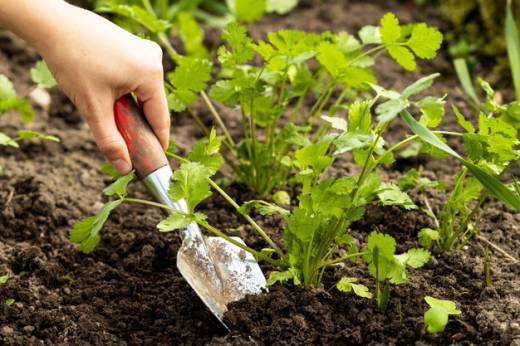
Employ the same technique as for any other idea – maintain a 10-degree angle that will work with most knives, stroke away from you, flip over, and stroke towards you. Cover the whole blade and retain the angle during the movement.
Final words
Whether you find yourself in the middle of nowhere during a camping trip or you simply need a sharp knife for your house, not having a sharpener is not the end of the world. You can always find one of the things mentioned above around your household or the camping area.
A shovel, brick, or another knife will never work as well as a proper knife sharpener. A specifically built tool will do the job better than anything else – be it manual or electric. It is safe, convenient, and efficient.
However, unexpected situations arise when least expected, so there are moments when you have to improvise. You just need a relatively rough surface, a little attention, a 10-degree angle, and equal amounts of strokes for each side of your dull knife.

Hi, I am Jay. I am the creator of Knife Guides, your one-stop site for everything related to knives. I am a computer engineer by profession, knife aficionado by passion. Here I work with a group of people who’ve always had a passion for knives and blades. Over the years we’ve kind of become experts and decided to share our knowledge and ideas. I am also an avid hiker and enjoy offshore gamefishing.
